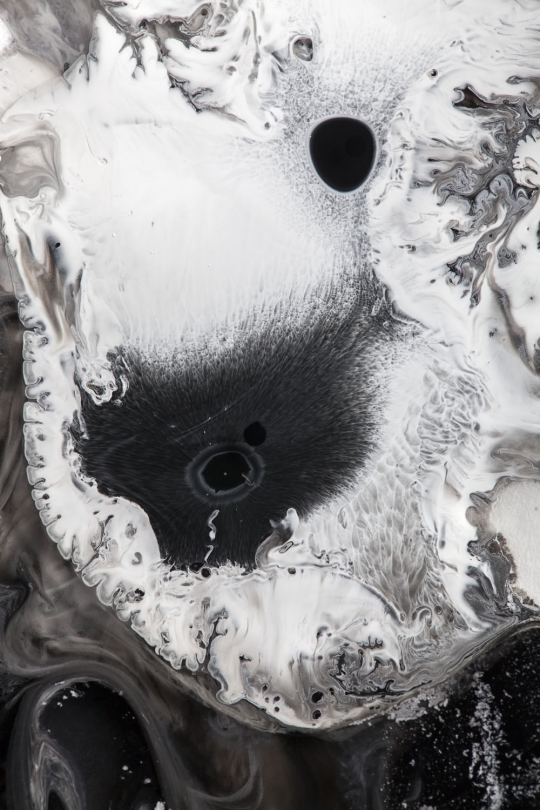
the Petri Dish Project, J.D Doria
The genesis of form and structure was always an important matter to research for the Western philosophy. In this essay, DeLanda analyses and explains Deleuze’s approach to the genesis of Form, concluding with a criticism on his study.
Deleuze discovered in Spinoza that the genesis of form is immanent to matter itself. He argues that the same topological form can guide the morphogenesis of a variety of geometrical forms, with isomorphic behaviour (example of soap bubble and salt crystal). DeLanda appreciates that this procedure is very crucial in Deleuze’s philosophy and he mentions the “divergent actualization” a term that Deleuze inserts, which in fact criticizes the inability of science to innovate (because of the linear view of causality, the importance of the result and the way scientists confront history). However, he uses this incapability of the science in order to endorse his theories.
Deleuze points out the distinction between the possible and the real; he declares that actualization (or differenciation) is actually a genuine creation which breaks with resemblance as a process (example of the embryogenesis). He insists in the “state spaces”, spaces where energy has possibilities to create something new and the “singularities”, topological forms that shape these spaces. He uses these mathematical terms to express himself as he studies physics and metaphysics also: he describes thermodynamics while he criticises them at the same time. He introduces the concept of “intensity” as a key to understand the actualization of virtual forms. He is a realist philosopher who believes both in the autonomous existence of actual and virtual forms. He shapes a border which stands between the difference and the diversity: the relationship of the levels between the phe-nomenon and the nuoumenon (example in the thermodynamics-interaction of cold and hot air).
Deleuze in collaboration with Guattari developped theories together also about the genesis of form: they are talking about the “strada” and “self-consistent ag-gregates” (“trees”and “rhizomes”), where strada emerge from the articulation of homogeneous elements (example of sandstone, animal species and social class-es-double articulation), whereas self-consistent-aggregates emerge from the ar-ticulation of heterogeneous elements (interconnected but overlapping elements combining a special class of operators). Both processes display the same actu-alization: we have a virtual form underlying the isomorphism of the resultant actual forms (examples of granite, ecosystem and social life-interlock and inter-calation).
According to Deleuze, these are real processes, a real virtuality which is a com-pletely different from the virtual reality that arts for example create. The move-ment should be from a rich material world full of virtualities to a socially con-structed world where matter becomes an inert receptacle for external forms. DeLanda believes that Deleuze sets the field for a complete reconceptualization of our history and alternatives for the future.
DeLanda studies Deleuze and Guattari to form his own theory about material culture and find answers to the genesis of Form. His theories have many as-pects as far architecture is concerned, while he combines the architecture of the city with digital matter and society. He agrees with Deleuze philosophy, which, although has a strong realistic aspect, it integrates both the phenomenon and the nuoumenon. Deleuze thoughts are strictly connected with the ideas of phe-nomenology which at the same time tries to fight and disprove. He looks for an equilibrium between those ideas but this equilibrium is the one that at the same time discards. I believe that the contradictions he makes are noticeable, as he sets as a field the causes and ideas that phenomenology serves and then he starts to organise and structure his thoughts on a disapproving way. This is may be the generative source to form this theory which as DeLanda underlines, may sets the base for a complete reconceptualization of our history and gives rise to new alternatives for the future.
Digital Logics: Deleuze and the Genesis of Form | Manuel DeLanda is a project of IaaC, Institute for Advanced Architecture of Catalonia
developed at MAA01 in 2015-2016 by:
Students: Maria-Klairi Chartsia
Faculty: Maite Bravo